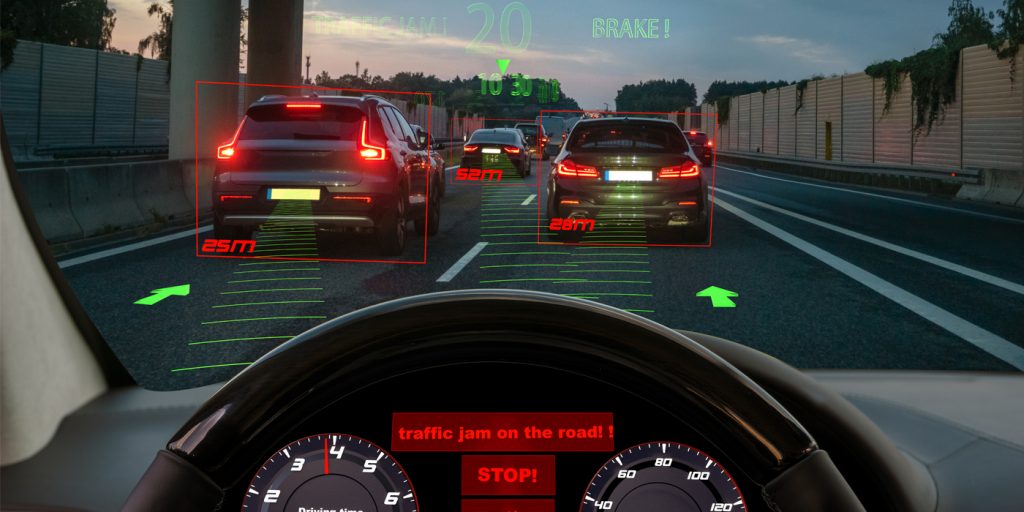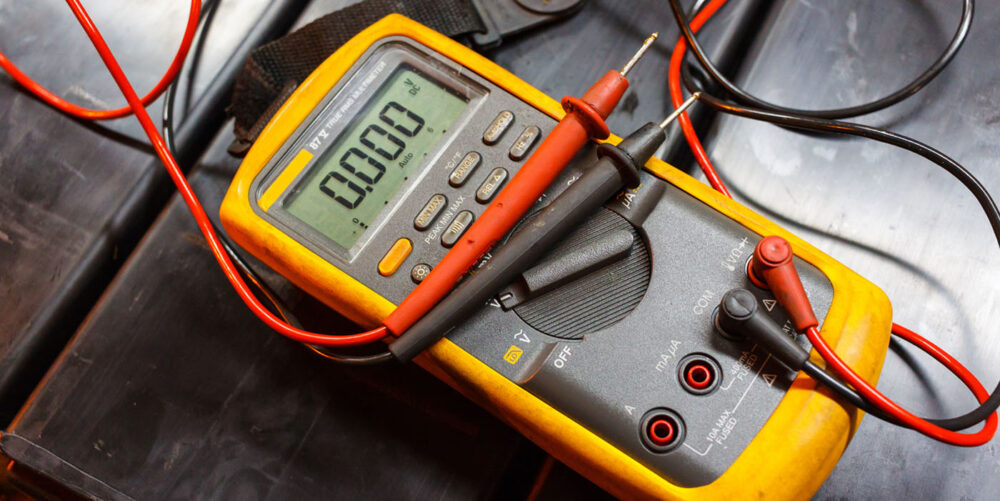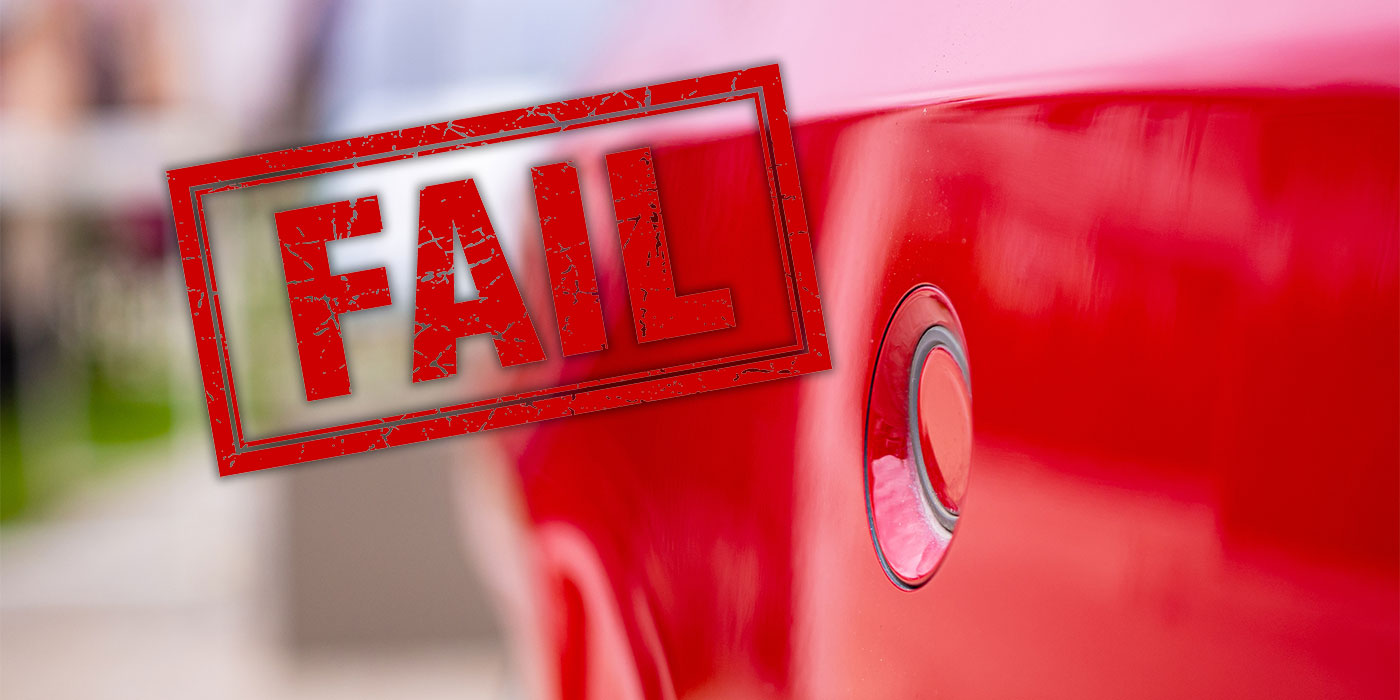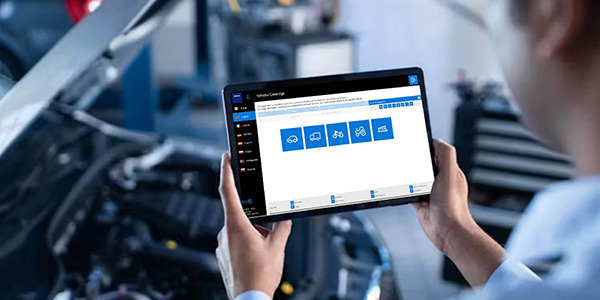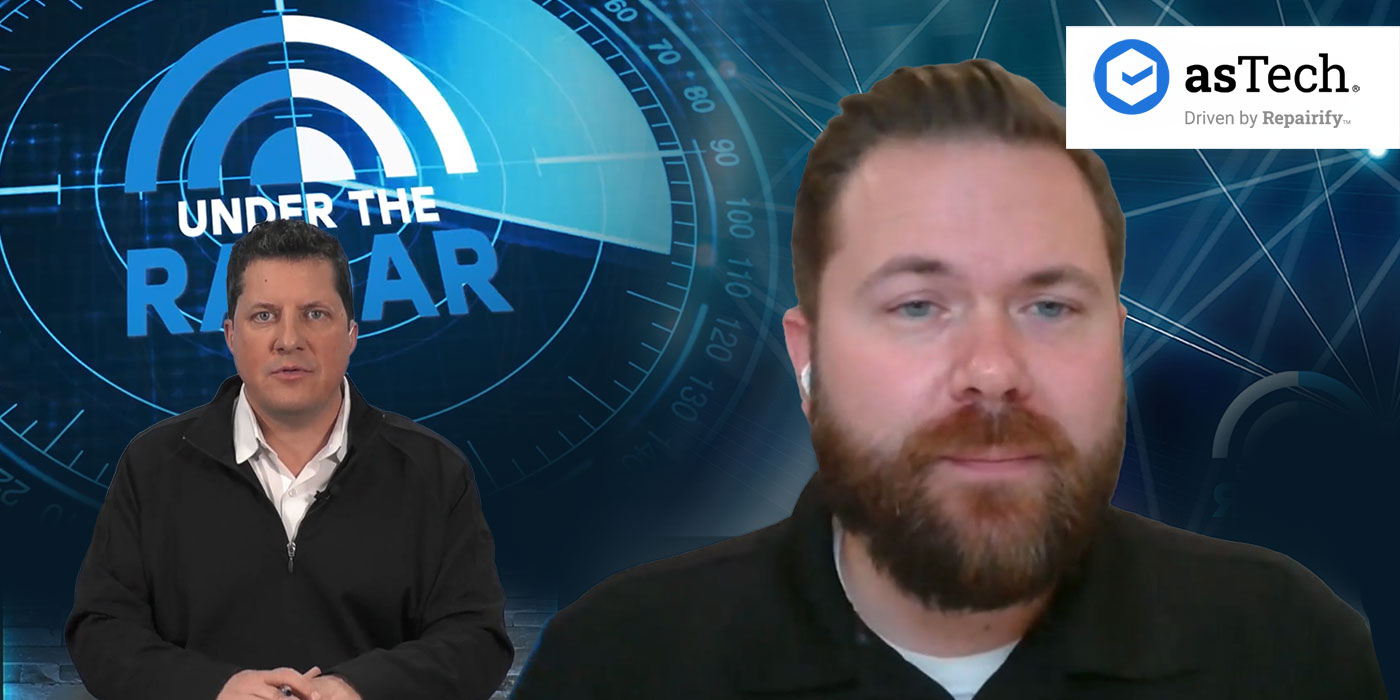With the changes going on in the world right now, you may be rethinking how you do business. Shops struggling with reduced car counts are rethinking their estimates, and I’ve heard of and seen shops asking or writing for items on estimates that were “taken for granted” before the COVID-19 issue. Every dollar counts, and margins will be watched much more closely by everyone. Things that were absorbed are now showing up on estimates. It is the nature of business survival. Usually, there needs to be a catalyst before the industry changes. I guess we now have one.
With the need for electronic repairs such as recalibrations, reprogramming and initializations increasing in all vehicles, shops will need to think about how they work for a solution to these needs. This is a complicated issue, as there are so many trains of thought. Also, there is no one easy answer. The path you take must be thought out as the liability is so high. I am not a legal expert and will never offer any legal advice, so all of your questions on liability for your shop will have to be directed to your attorney. My oft-overused saying is, “The fate of your shop and livelihood will be decided by 12 people who could not get out of jury duty.”
Wake-Up Call
All of you out there who think a pre-repair scan is just hooking up a scan tool and printing results for documentation could be in for a serious wake-up call in a liability case.
I want you all to think about this: you work on a vehicle, and one month later the owner is involved in another crash. I pray your welds all held. I hope your seams all lined up. I hope you had the right number of welds in the right spot. I also hope the owner does not say, “My vehicle wasn’t handling right; it steered into the lane.” Or, “Why didn’t my ‘EAB’ (emergency auto braking) work?” Studies have all shown that advanced driver-assistance systems (ADAS) are reducing the number and severity of crashes along with bodily injury claims. It is proven to work. Why didn’t my car’s EAB work? Does that send a chill down your spine? It does mine.
Think about a big table and attorneys asking questions:
- When you hooked up that scan tool, did it read all the systems in the vehicle?
- Was the scan tool updated?
- Was the scan tool using the correct software?
- What about the J2534 interface? Was the internet connection good? Did you have a correct power source?
- Did the technician who did the pre-repair scan know what they were doing?
- Did the person do the pre- and post-repair scan at the same time to save time?
A jury does not care about cost or cycle time or how much it costs to get correct training or equipment. A jury does not care about recommended vs. required. The point is, the shop took the job and said they were going to do it right. That’s just on the pre-repair scan, what about the repair and post-scan and test drive and verification that all the systems are working? So many shops do not even know what to look for to identify what systems are in the vehicle. They learn in “Wash Bay Diagnostics 101” when something does not work.
Dealing With Change
After reading the scenarios I just laid out, how many of you feel like selling your shop? Don’t do it; just understand that change in our industry is inevitable. How you deal with that change is what we all must work on.
You can work on a vehicle correctly and successfully, but the problem is understanding that controlling severity and doing the job correctly may clash. Doing electronics repair correctly on vehicles takes the correct equipment, training and experience – all of which are costs to a repair facility. It’s not reasonable to expect a shop to go out and buy OE software and equipment for each vehicle manufacturer. Daily, weekly and yearly subscriptions, taking the time to update software, learning how to use targets and validating the workspace are all required and expensive – and that’s not to mention ongoing training. When someone who does not have a horse in the liability race says, “That’s too much money, I won’t pay that,” do they really know what is required? Have you evaluated how much you have invested and how much you can lose?
If your shop has invested in OEM certification, you have even more requirements. And now we see that the OEMs are also auditing that you’re using the correct equipment and procedures. Many aftermarket options for scanning and all other electronic services may not be allowed due to software issues. How they interface with the vehicle may be in question. For those shops transporting vehicles to dealers for service, that takes time and people and can totally tank your cycle time along with your margin.
Alternative Options
After the COVID-19 disaster, there is no doubt that shops will be running much leaner and be more wary of costs due to the economic crunch being so severe. Hiring and training has been put into question. Do I hire people back? How many? Will we see a pandemic like this again? Profit per job and per operation will be scrutinized, as they should. It is only smart business. With the push by OEMs to use OE software, many shops are going to find the price of entering into electronic repairs very high. You could buy one or two OE systems, but you still won’t have all the coverage you need.
Mobile companies offer an alternative to spending the money and training, but there is a catch: finding the company that will do it right. Like any service to your shop, you need to look at what they can do and what equipment they use. Do they validate that the space in your shop can accommodate the work? Do they document all procedures to OE specs? Think about that table full of lawyers and the guy that says, “I can do that outside in your parking lot.”
I am not here to say whether aftermarket or OE equipment is better or judge any process. What I am saying is that if you’re a shop that has OEM certifications, you need to look at your contract or certification. It might be very specific as to what equipment and software can be used on their vehicles. If you do not have any OEM certifications, there are some great aftermarket systems out there that will work in the hands of a trained, qualified technician. It is a business decision at that point and comes down to who you are willing to trust. Subletting any service is a business decision of each shop; the important thing is to verify that service was done correctly.
Trust But Verify
When you use a mobile company to do your electronic procedures, such as addressing ADAS, verify how, who, what and where. Being diligent can be the difference between life or death to the vehicle owner. If taking a vehicle to the dealer or buying all the equipment and training on it is out of your budget, vetting the company you use is critical. Sadly, in some areas, you do not have many options. When choosing a company, know what you need to do the job correctly and understand that some space inside your shop may be needed. If you do not have the space, the company doing your procedures should have a controlled environment they can take the vehicle to. If they do not, you may have to resort back to the dealer.
When vetting a company, ask:
- What equipment do they use? OE or aftermarket?
- Do they have an insurance policy needed to provide this service?
- Do the targets, if required, meet OE specs?
- Do they validate the area where work is to be performed to be level to OE specs and only use that verified spot every time?
- Do they verify that the lighting for cameras is correct in the shop before recalibrations?
- Are they using the correct power source needed for working with electronics?
- Is their software up to date?
- Does their tool software read all systems in the vehicle?
- Does the J2534 interface read all modules in a vehicle?
- Do they check tire pressure, fuel level, aftermarket accessories?
- Are they doing the test drive to verify that all systems work?
- Are they doing a post-repair scan before the test drive?
- Are they NASTF-certified?
- Do they have the correct weight for seat recalibrations and correct weights?
- Do they provide all documentation needed for all procedures?
- Do they have the mats needed to put on the shop floor for the 360-view procedures?
This list can go on and on, but I hope you get the idea. It’s more than just plugging into a vehicle and reading a screen. Many shops and technicians have to download updates and look up procedures before they even plug into the OBDII port. Everybody forgets how much time is used up just to get to the start of the process.
Why Are You Calling?
The shop has to recognize it has a responsibility. First and foremost, to recognize and research what procedures will be required. Every bumper cover R&I or replacement. Every repair to structures with ADAS components must be researched. It is not whether you disconnected the wires or not; anything that may change the focus or angle of that component must be researched. A battery disconnection may require initialization of some components. Windshield R&I or replacement or just removing any camera from its mount will require a camera recalibration. Rear bumpers, side mirrors, rear cameras and disconnecting tailgates with auto features will require research into what will need to be done. Passenger seat recalibrations may be required after any collision. A technician must have the correct weight and know how to place that weight in the seat for that year, make and model as the procedure is not universal in some vehicle manufacturers. Every component replaced will need to be researched to see if it needs a programming process or a recalibration. There may be two processes required when replacing modules. Too many shops ignore this part of the process and, if the car does not have any lights on the dash, let it roll right out the door. Not that the shop is trying to do it wrong – the industry just doesn’t know all the procedures that need to be done.
If you find a good mobile company, they may help you identify all these components. If they don’t, you’ll need to invest some serious research time on most vehicles you repair. How much time is needed to research all the procedures required is often overlooked in the repair industry.
This industry is still trying to grasp what is needed and how much equipment and training cost there is and how it is changing every day. Too many people think you just plug in a scan tool and go. There are not enough people saying or educating that it is much more than that. BSB
Mitch Becker has been a collision industry trainer for 30 years. He can be reached at (612) 865-6229 or [email protected].

